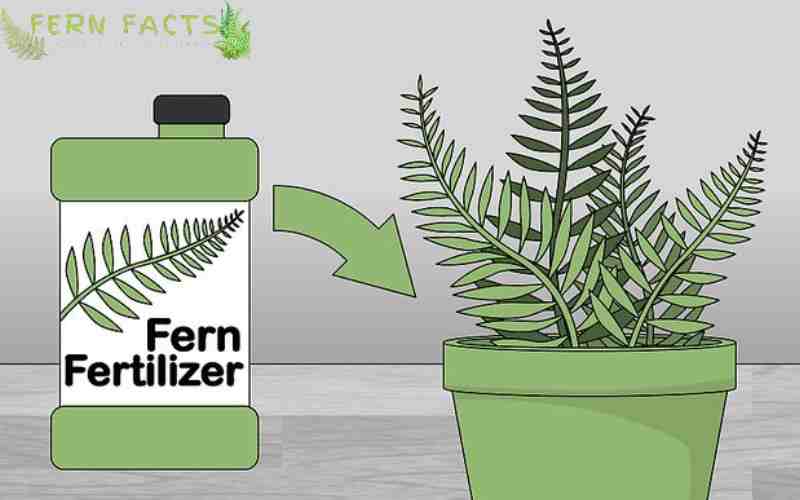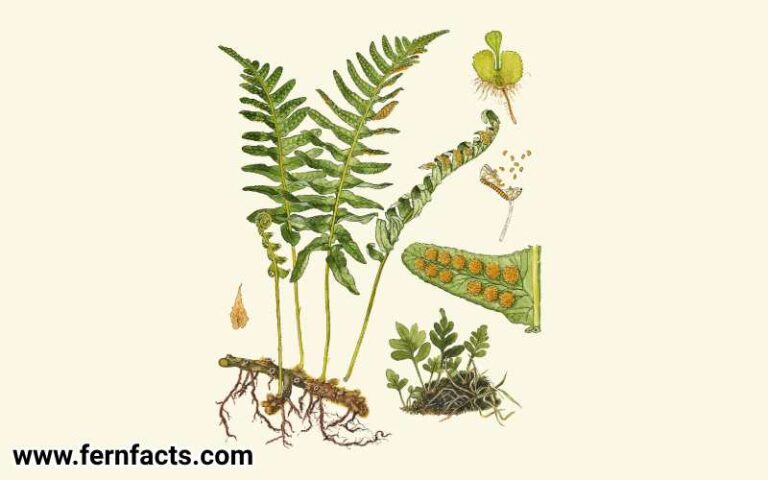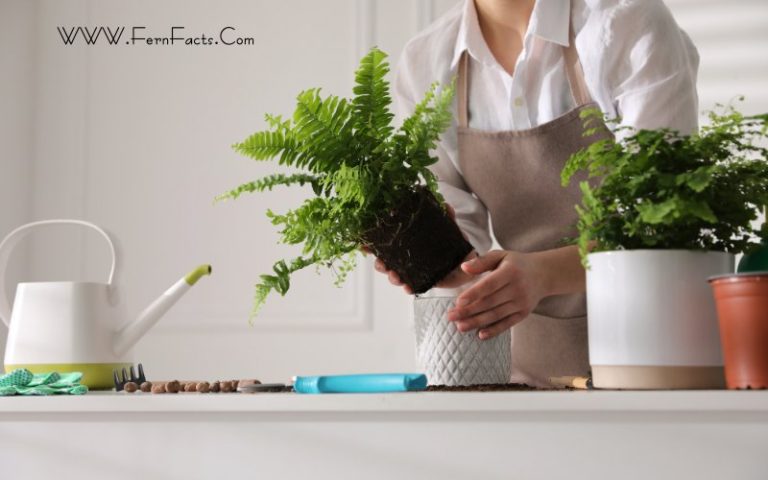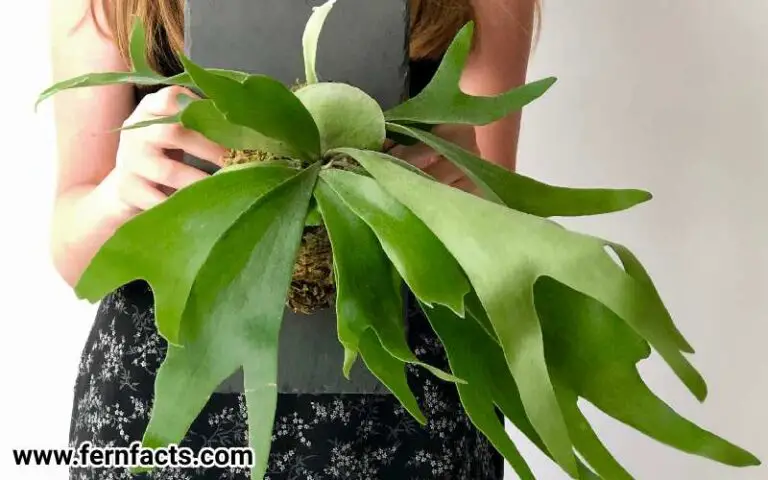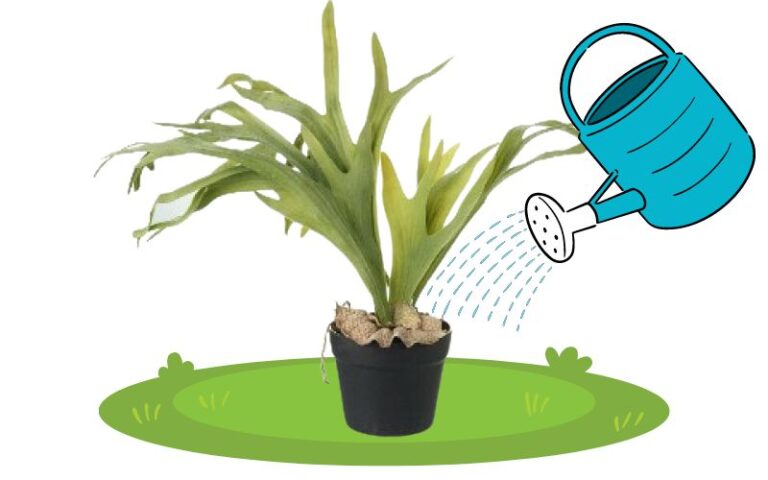How to Fertilize Boston Ferns
Boston ferns are perennial evergreen ferns with a slow growth process. Boston ferns have enormous uses like home decor purposes, cultivation processes, houseplants, and so on.
These ferns also got an award for their bushy thick green foliage and other beneficial sides. As these fronds are slow-growing ferns, that doesn’t mean they will not need fertilizer.
In this article, I’ll illustrate the overall characteristics of these Boston ferns along with their fertilizing process.
In the fertilizer process, I’ll provide you with some guidelines such as when and how to fertilize Boston ferns, their fertilizing essentials, and ratio.
Later on, I’ll provide a side-by-side view of both the merits of fertilizing and the demerits of over-fertilizing Boston ferns. So let’s delve into the topic more briefly.
Overview of Boston Fern
- Botanical name: Nephrolepis exaltata
- Common names: sword fern, bluebell Fern, tuber ladder Fern, Fishbone Fern
- Plants: Evergreen
- Family: Nephrolepidaceae
- Genus: Nephrolepis
- Native range: America
- Native habitats: moist shady locations like a humid forest, swamps, and floodplains
- Shade requirements: partial shade or full shade
- Height: 20 to 98 inches
- Soil pH: acidic soil (6.0 to 6.5)
- Soil type: moist well-drained, drought-tolerant
- Hardiness zone: 10,11,12
- Toxicity level: non-toxic
Boston Ferns are evergreen plants that are native to South America, Mexico, Central America, Florida, and Africa.
These boston fern’s average height is around 40 to 60 centimeters however they can grow up to 1.5 meters in rare cases. They are fond of moist shady places for their natural habitats.
Their soil can also tolerate drought however you need to mist these plants if the humid conditions drop below 80%. They also prefer damp moist soil but not soggy.
And so, these Boston ferns can grow best in filtered light.
Boston Ferns Fertilizing Essential
Boston ferns are decent growing ferns therefore they don’t need a large amount of feeding or fertilizing. Water-soluble fertilizer will work best on Boston ferns.
Thus, you can use water-soluble fertilizer once a month during their growing seasons (spring). They will be required to have a 20:10:20 ratio of nitrogen, phosphorus, and potassium (NPK).
Nitrogen will help to shine your Boston fern’s foliage. Although phosphorus helps to grow flowers and fruits, they don’t need much of the phosphorus contribution.
Because they don’t grow any flowers or fruits on them.
Similarly, you can give them pre-made fertilizer such as miracle-gro indoor plants food or Osmocote Smart-release plant food. These package fertilizers will last around 6 months.
Additionally, organic fertilizer will also work fairly in your Boston ferns. You can use Banana peels which will fulfill their deficiencies in potassium and coffee will work miraculously to fulfill the needs of nitrogen.
You can use a 2:1:2 ratio of blend portion, bone meal, and potash diluted with an appropriate amount of water.
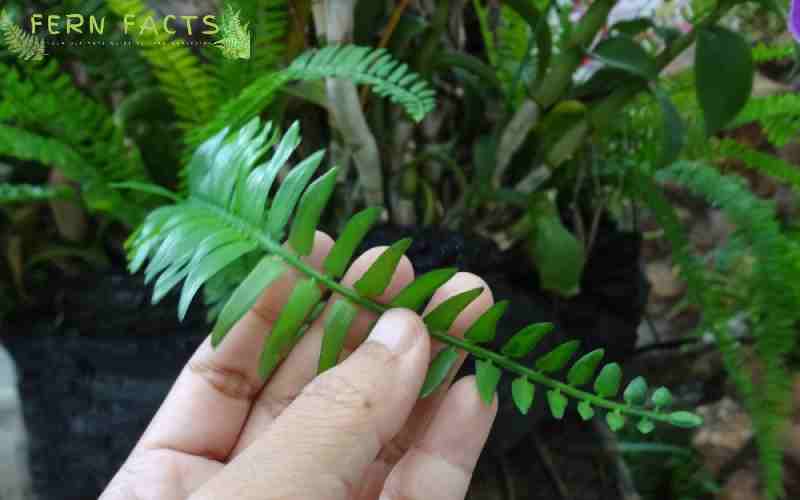
Symptoms Yours Boston Ferns Need Fertilizer
Boston ferns thrive in tropical moist environments like Africa, America’s jungles or forests. So if you notice any yellow leaves on the plants, then it’s time to feed your ferns.
As they are slow grower plants, there will be no major sign of them that they need fertilizer. So if you don’t see any symptoms or signs, still you need to feed them during their primary growing season.
It will help your ferns to thrive and bloom eventually.
When Should You Fertilize Boston Ferns
As they are slow-growing ferns, that doesn’t mean they don’t require fertilizer. Still, you need to fertilize these ferns with a decent amount of ratio during their active seasons.
Fertilizing Boston Ferns in Summer
The ideal time to give fertilizer to your Boston ferns is during their active growth seasons. Boston ferns’ general growth begins during the summer and spring seasons.
As it’s their growing season, they will need many nutrients and rich properties to grow and nourish. During the spring and summer seasons, you need to feed them once a month.
Therefore, you can use water-soluble fertilizer or liquid fertilizer of NPK in the ratio of 20:10:20. Similarly, you can also use Slow-release fertilizer during the summer seasons.
This Slow-release fertilizer will provide the nutrients into their soil gradually where they will get enough nutrients for a long period of time.
You can also do the propagating and repotting during these growing seasons which will lead your Boston ferns to an extra boost in their growth.
Fertilizer Boston Ferns in Winter
These Boston ferns are perennial herbaceous plants therefore, they go dormant during winter seasons. It means during winter and cold seasons these Boston ferns’ growth eventually stops or gets slower than the usual seasons.
Hence, they don’t need much care and attention at that time. As a result, they will require less fertilizer as well.
So you need to give less fertilizer in those seasons because over-fertilizer during winter seasons can lead your ferns to die. Additionally, you need to give them fertilizer once every two to three months during the winter seasons.
This will balance their growth and nutrition level in the soil as well. And so, don’t give them the exact same ratio which you give them in their growing seasons. You need to reduce the ratio at half-rate containers.
Thus, you have to give them NPK essentials in the ratio of between 20:10:20 and 15:0:15.
You can also read this content about: Kimberly Queen Fern vs Boston Fern
How to Fertilize Boston Ferns
In order to fertilize Boston ferns, you need to read the label’s instructions for better understanding. Water-soluble fertilizers are easy to apply.
Just mix the recommended doses from the package and pour the mixture into any container or watering can. Then you just need to pour the mixture into your Boston fern’s soil.
If you want to give organic fertilizer, banana peel, and coffee grand would be the best ingredients to give them as organic fertilizer.
Therefore, you need to blend those ingredients together to make it a thin paste with the mixture of water. Then you can add this mixture into your Boston fern’s soil.
Benefits or Merits of Fertilizing Boston Ferns
In a general sense, fertilizer boosts the growth of plants. Fertilizer is basically feeding the plants to fulfill their nutrient deficiencies.
Just like water, soil, light, and temperature, fertilizer is also another important factor that helps plants to increase their growth and nourishes them.
The primary nutrients that full Boston ferns need are nitrogen, phosphorus, and potassium. Each of the nutrients works individually to nourish the plant’s health, growth, and other factors. Nitrogen (N) helps Boston ferns to become bushy and thick with green foliage.
Similarly, potassium (K) works for the plant’s health and any kind of disease; phosphorus (P) improves plants’ root growth.
Other than that, some other nutrients like magnesium help to hold their rich green foliage and also help to produce chlorophyll. All these mixture fertilizers provide richness to the soil.
Besides, when you pour this water-soluble fertilizer into the soil, it breaks down in the soil and releases all the minerals. Thus, each mineral works to develop the specialized features of the plants.
Demerits of Over-fertilizing
A correct amount of fertilizer would be a blessing for your plants conversely, over-fertilizing could kill your plants. Sometimes, your lack of sincerity could affect your Boston ferns as they are pretty sensitive ferns.
Over-fertilizing can damage their roots and fronds. Let’s look at the facts you need to consider.
Burnt Fronds
If you read the label’s instructions wrong or misapplied the fertilizer, it can cause your Boston fern to severe problems.
If your fern fronds become yellow, or the tips of the fronds become brown, then you might be given stronger fertilizer onto their soil.
Thus, they can’t handle extravagant porting of fertilizer therefore their fronds are burning out. In such situations, you need to water your plants frequently and also have to reduce the feeding portion.
Salt burn
Sometimes, salt content can be high due to over-fertilizer. Therefore, there would be a build-up layer of salt which creates a white paste on the soil.
These build layers of salt increase the soil’s toxicity. If you observe a salt layer on the soil, then you need to report your ferns with fresh soil mixture again.
Alternatively, you can wash the soil until the salt is washed away. Don’t add any kind of fertilizer for the next six months.
Wrap up
In the closing statements, fertilizer enhances the plant’s growth and nourishes it. Using the appropriate NPK ratio of 20:10:20 will give you healthy thriving ferns.
Similarly, try to feed your Boston ferns during the summer and spring seasons and reduce the feeding during the winter season.
Be aware of using the correct portion of the ratio by the following labeled instructions otherwise over-fertilized can give you ferns brown, and yellow fronds and salt burn.

